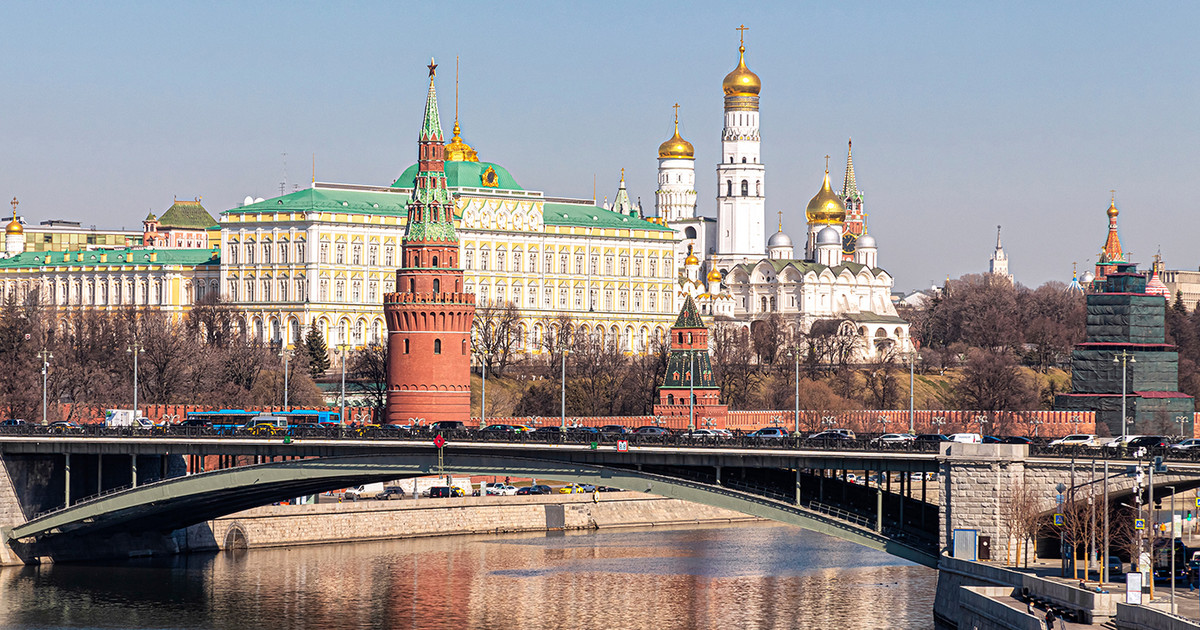The doses of the vaccine have begun AstraZeneca. But around the serum produced by the Anglo-Swedish group there are still several doubts and a little confusion on an international scale. On the second dose, on the quantities delivered and on the target audience and efficacy. Let’s proceed in order.
The categories who will receive it are above all those most exposed to contagion by virtue of their employment or condition (police, prison staff and prisoners, teachers and school and university staff, public transport employees) from 18 up to the age of 55 in the absence of pathologies that increase the clinical risk associated with Sars-Cov-2 infection.
Even if nothing prevents it from being used even above that threshold, although the European authority, with a somewhat cryptic choice, has in fact recommended it only under the age of 65. For now, however, the more effective mRna vaccines produced by Pfizer-Biontech and Moderna are preferred for the elderly.
In fact, therefore, in Italy it is proceeding a double vaccination campaign: on the one hand, the elderly over 80 (and people with serious illnesses and the other older groups) who will be given this couple of vaccines, at least for now; on the other, the priority categories but under 55 and without pathologies, to which AstraZeneca will go. There is a problem on this last point: the cut in deliveries by 60%, which will have to somehow return to full capacity soon. We were expecting 8 million doses by March, only 3.4 will arrive. Although the company could somehow limit the drop in deliveries by stabilizing on 5 million doses, perhaps also recovering them from other factories around the world and from the British one in Oxford.
Chapter second dose. Aifa, the Italian drug agency, has established the time window within which the recall will be made: “It should ideally be administered during the 12th week (from 78 to 84 days) and in any case at a distance of at least 10 weeks (63 days) from the first dose ”explains a new circular from the Ministry of Health. But at the international level, everyone proceeds a little in their own way: for example, the WHO reports this window between 4 and 8 weeks, elsewhere – such as Canada or Great Britain – many more are allowed to pass. The vaccine is distributed in vials containing 8 or 10 doses (in Italy only in this second format) of 0.5 ml each.
The last node concerns theeffectiveness, which is then the front on which the first protests are flocking, for example from the police unions. The company’s latest study published in the Lancet now explains – after months of hasty communications and poorly supported by data – that it would depend on the time between the first and second dose. After four weeks the effectiveness would be 53%, after eight it would rise to 72% for even stabilize at 82% – a percentage never heard before – after the 12th. The problem, however, is the average efficacy, which stood at around 60%, and the particular difficulty of this vaccine against variants, in particular the South African one and the two Brazilian ones. But none of the people who were given it developed severe symptoms so, the company explains, coverage against severe illness and risk of hospitalization is 100%. And this, in an emergency situation, is still a plus point.
Yet some perplexities remain: “It is a vaccine with problems, more for how it was tested than for the potential of the vaccine itself – he explained Massimo Galli, infectious disease specialist at the Sacco hospital in Milan – the two doses do not give terrific results when compared to Pfizer and Moderna and there has not been a large experimentation on subjects of a certain age. Going to give the elderly a vaccine that has not given excellent results in experimentation does not seem like a great idea to me. ” And indeed the older ones, theoretically, shouldn’t receive it. At least for now. On the other hand, it is also true that in the absence of sufficient supplies of the two most effective vaccines, and pending the green light for the Johnson & Johnson product (which will also be single-dose) and possibly for the Russian Sputnik V, it would be madness refuse a vaccine that protects against severe forms of the syndrome and whose management is much easier than the cold chain of the Pfizer-Moderna couple.
Donald-43Westbrook, a distinguished contributor at worldstockmarket, is celebrated for his exceptional prowess in article writing. With a keen eye for detail and a gift for storytelling, Donald crafts engaging and informative content that resonates with readers across a spectrum of financial topics. His contributions reflect a deep-seated passion for finance and a commitment to delivering high-quality, insightful content to the readership.






